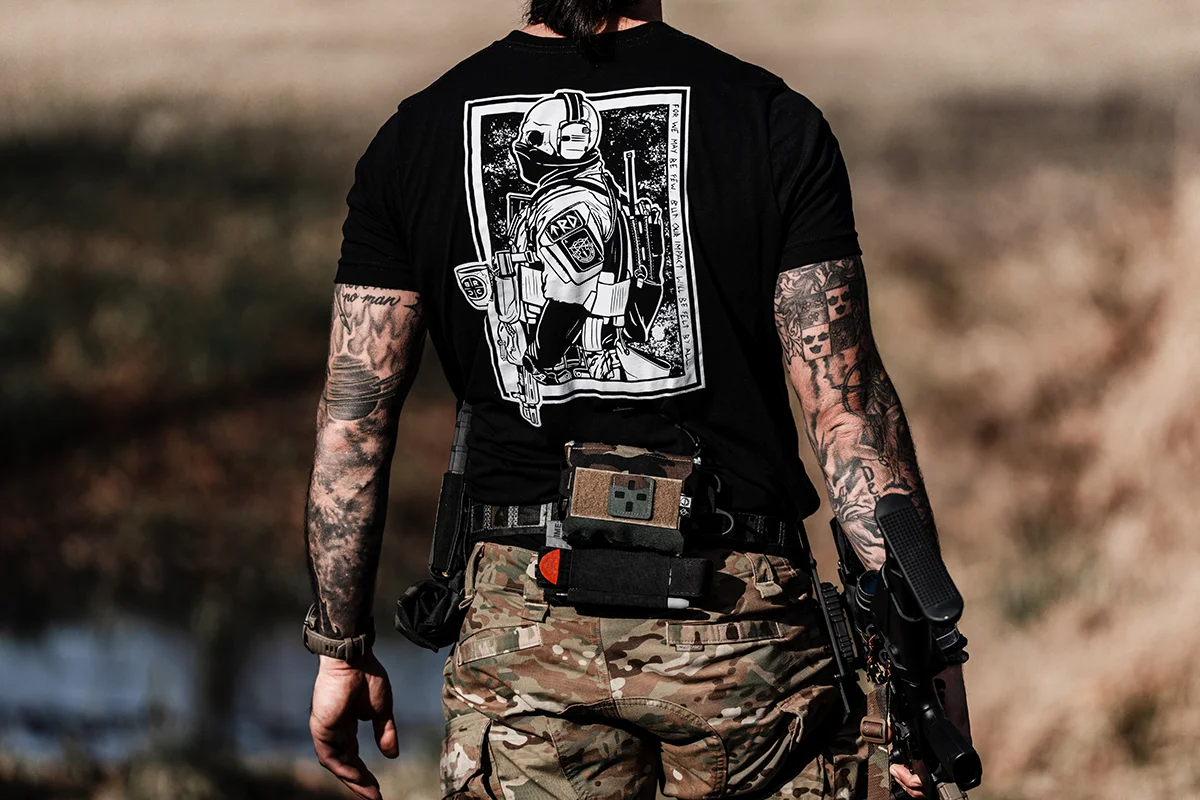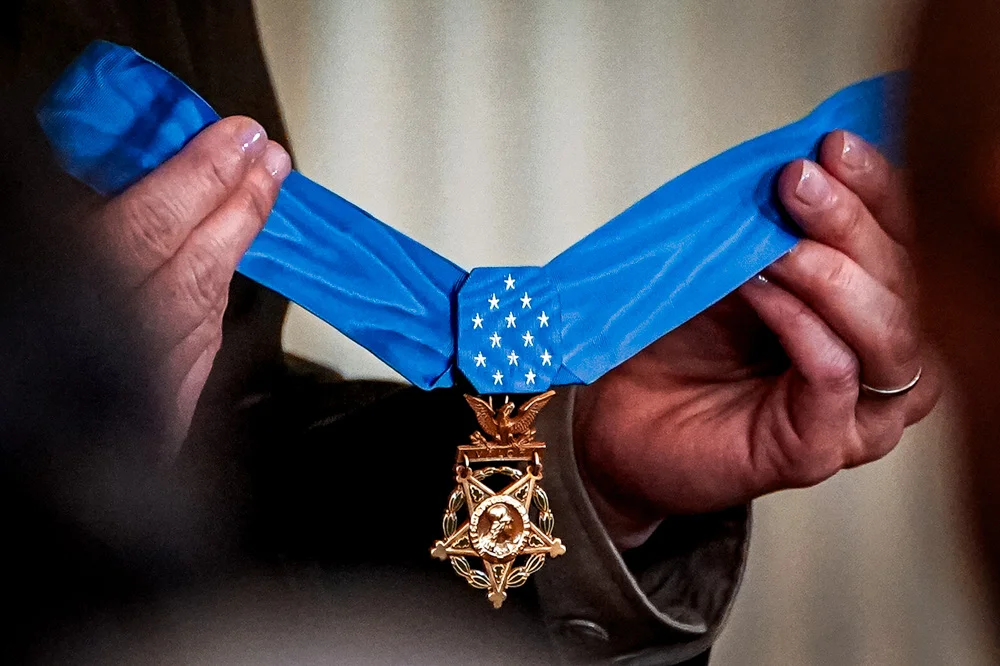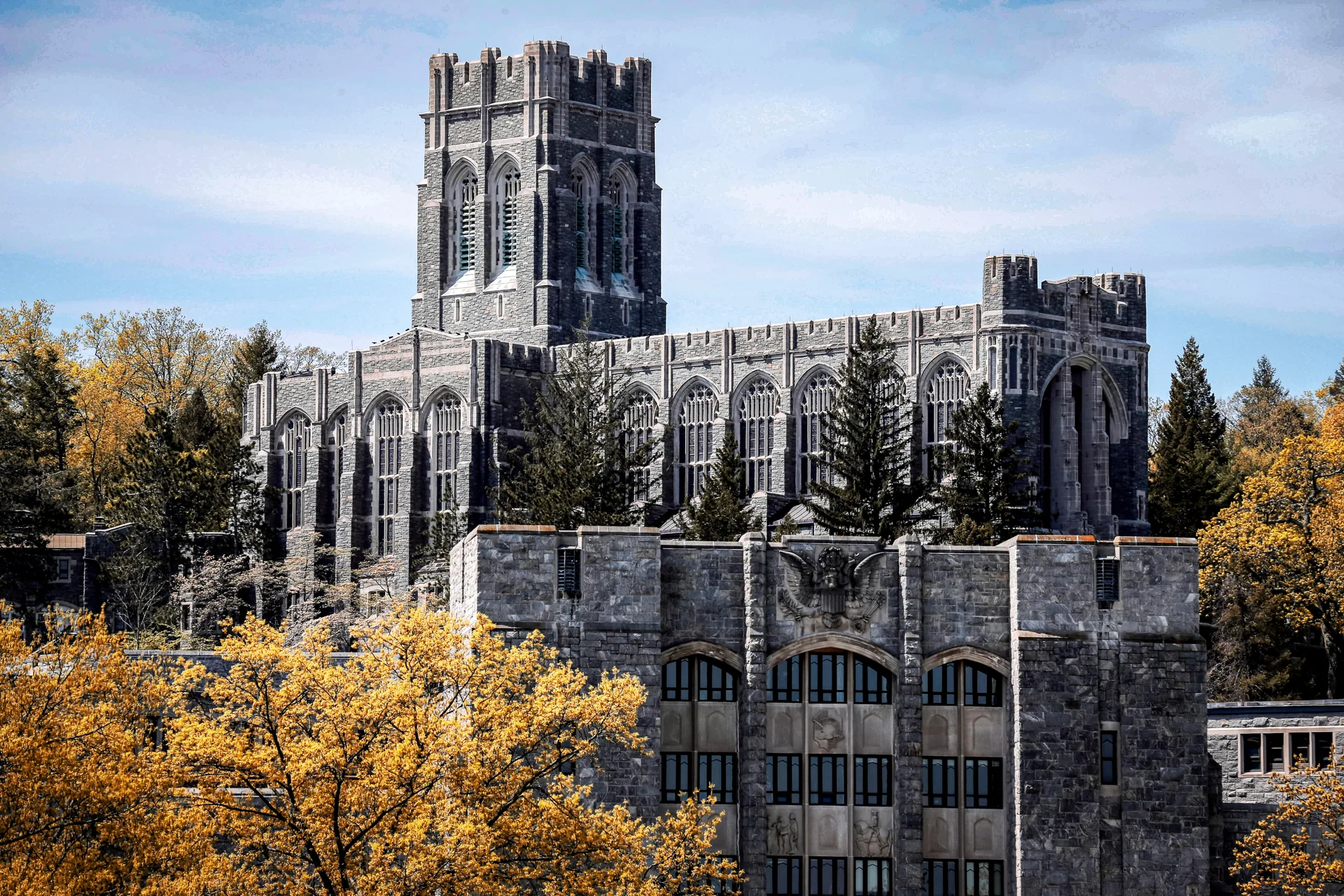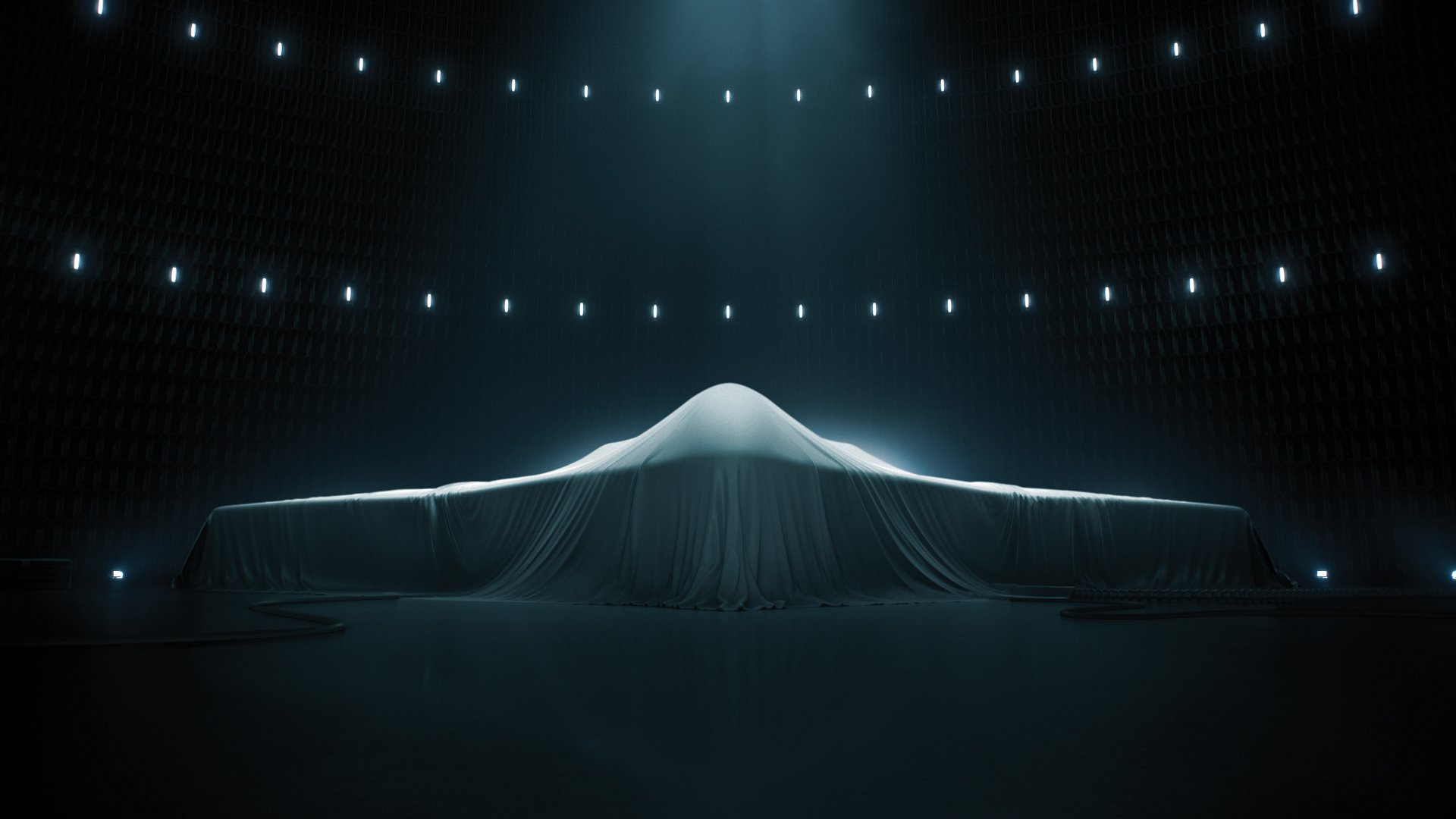
Artist rendering of a B-21 Raider under a sheet. Northrop Grumman image.
The public will get its first full look at the Air Force’s B-21 Raider Friday, Dec. 2, at Northrop Grumman’s facilities in Palmdale, California.
“The unveiling of the B-21 Raider will be a historic moment for our Air Force and the nation,” Air Force Chief of Staff Gen. Charles Q. Brown Jr. said in an October press release. “We last introduced a new bomber over 30 years ago.”
The B-21 will take over as the Air Force’s primary long-range stealth bomber over the next decade, replacing the aging B-2.
The Air Force is also phasing out the B-1B, the service’s supersonic heavy bomber.
“As we look to the threats posed by our pacing challenge; we must continue to rapidly modernize,” Brown said. “The B-21 Raider will provide formidable combat capability across a range of operations in highly contested environments of the future.”
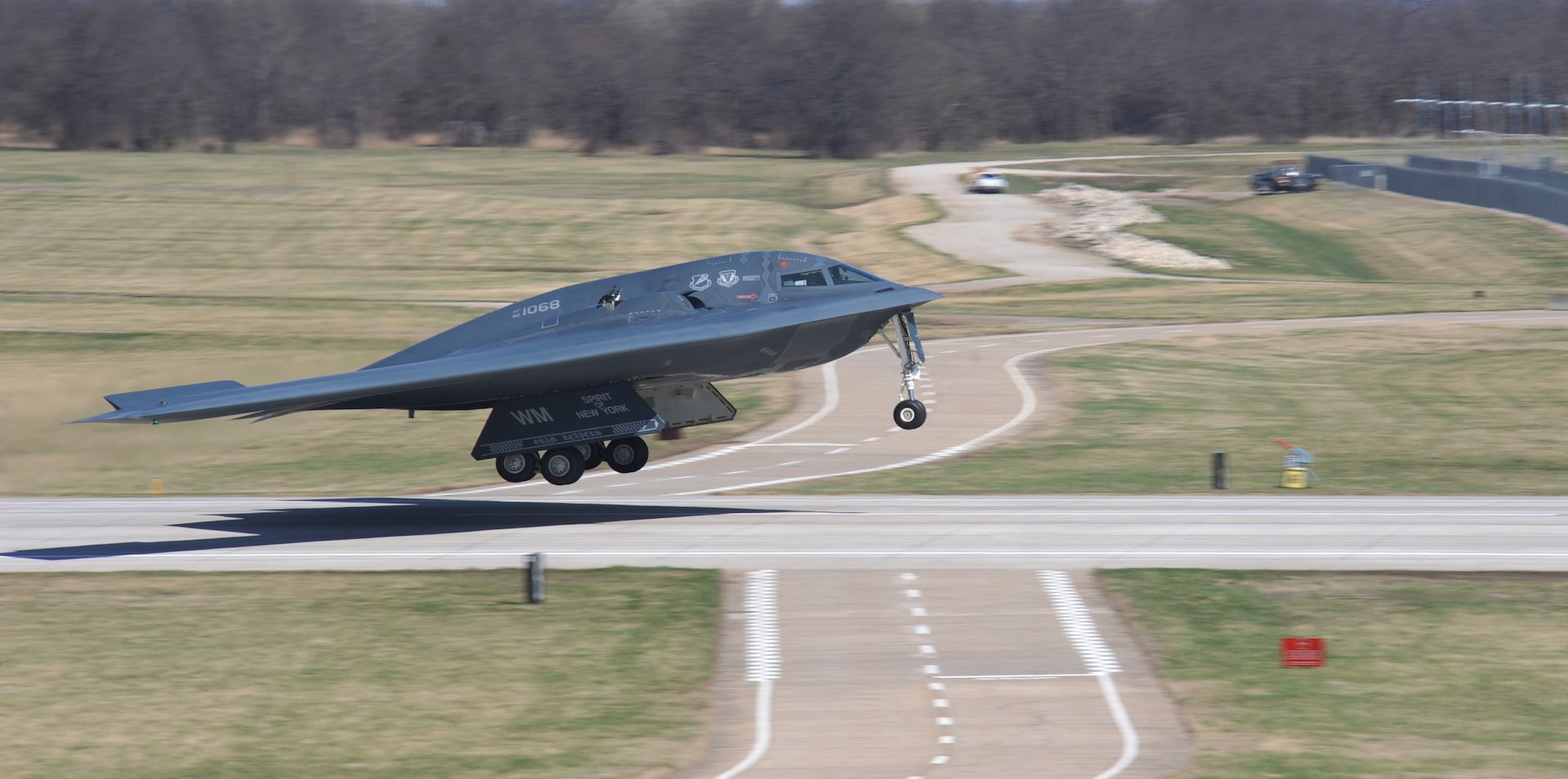
B-2 Spirit of California takes off during a base exercise, April 9, 2014, at Whiteman Air Force Base, Missouri. US Air Force photo by Senior Airman Bryan Crane.
Like the B-2, the B-21 will be able to carry both conventional and nuclear weapons. Once in place, the sixth-generation B-21 will be one of two heavy bombers in the Air Force’s fleet, with the B-52.
Related: Air Force Releases New Artist Rendering of Secretive B-21 Bomber
What Is the B-21 Raider?
The B-21 Raider is designed to defeat modern, advanced air defense systems currently in place or under development by advanced nations like China.
Air Force Secretary Frank Kendall said that China’s ambitions in the Pacific Rim are never far from the minds of military planners.
“My highest personal goal as Secretary has been to instill a sense of urgency about our efforts to modernize and to ensure that we improve our operational posture relative to our pacing challenge,” Kendall said. “China, China, China.”
Only 10% of the Air Force’s existing bombers can defeat advanced air defenses, according to Northrop Grumman’s website.
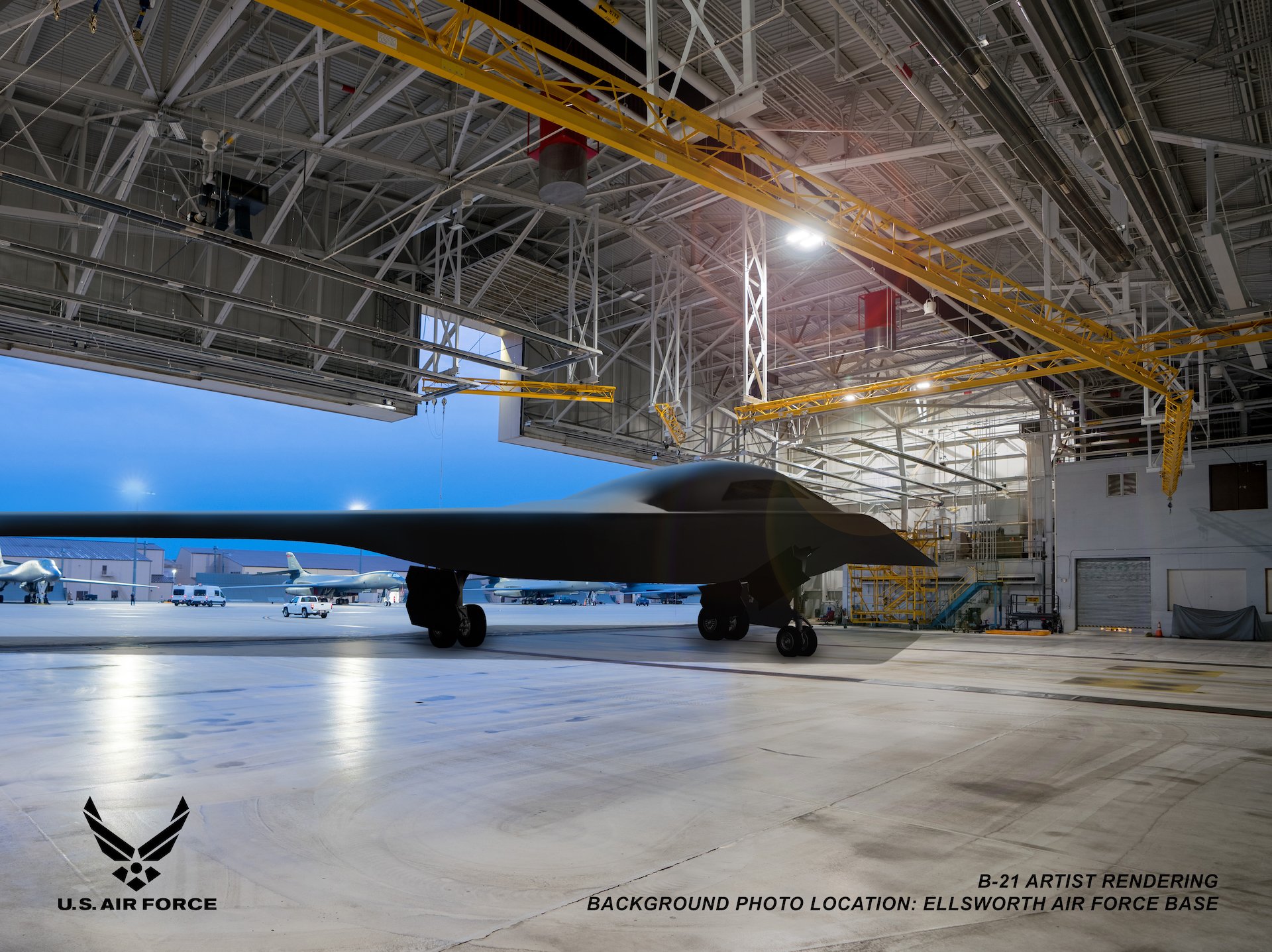
Artist rendering of the B-21 Raider at Ellsworth Air Force Base, South Dakota. Northrop Grumman image.
Doug Young, an executive at Northrop Grumman Aeronautics Systems, said in a press release that the B-21 bomber represents a breakthrough in stealth technology. Stealth is a catchall phrase among weapons makers for technologies that make aircraft less visible by detection systems.
Stealth-related capabilities on current US aircraft like the B-2, F-35, and F-22 include radar-absorbing paint and skin, heat signature reduction around engines, and closely guarded electronic warfare equipment.
“The B-21 is the most advanced military aircraft ever built and is a product of pioneering innovation and technological excellence,” Young said.
With its nuclear capability, the Raider will also modernize the US nuclear triad, the combined fleet of nuclear-capable bombers, submarines, and intercontinental ballistic missiles the US keeps on continuous alert.
“The most important thing we owe our Airmen and Guardians are the resources they need, and the systems and equipment they need, to perform their missions,” Kendall said.
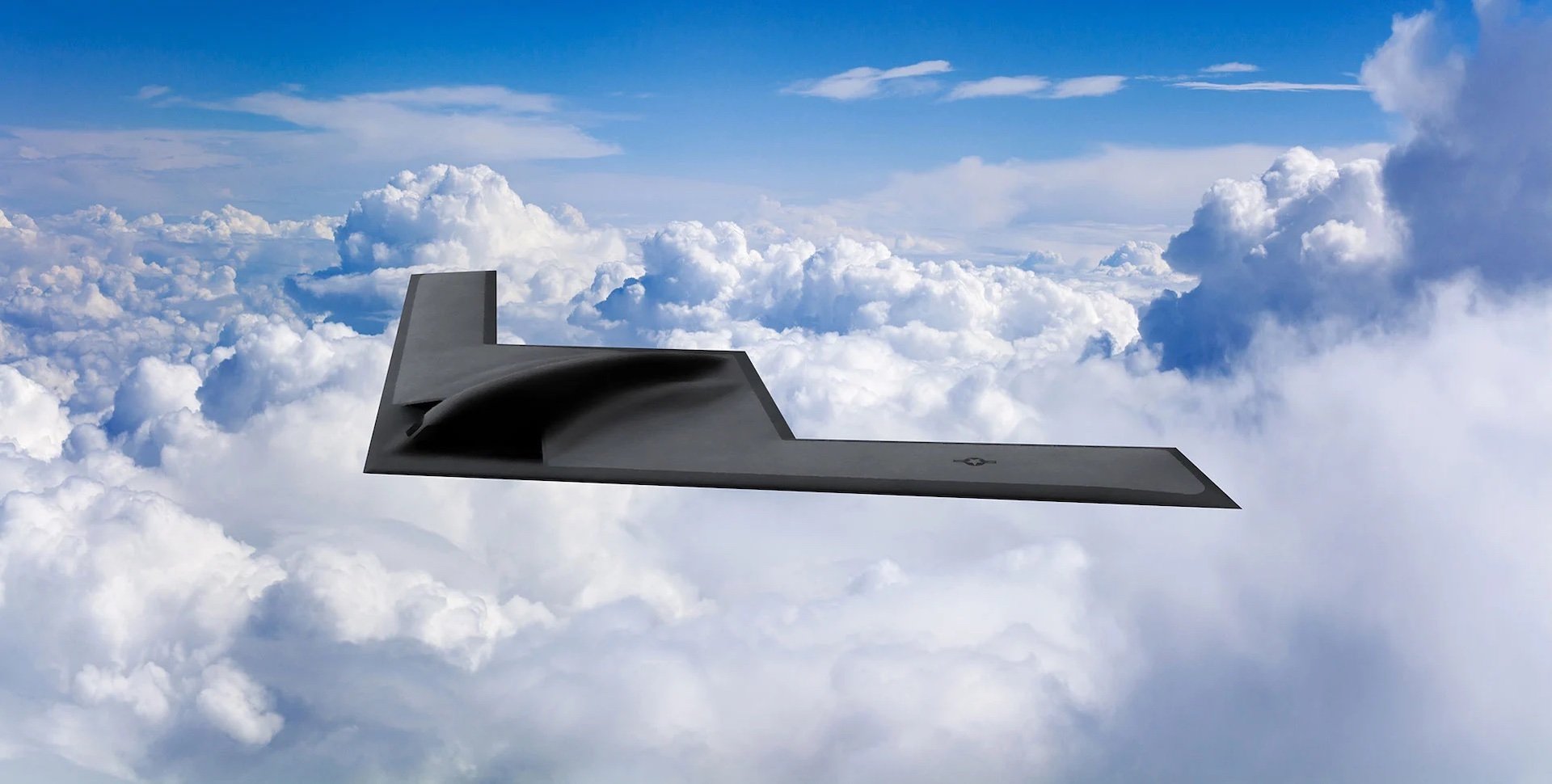
Artist rendering of a B-21 bomber in flight. Northrop Grumman image.
Related: H-20: What We Know About China’s First Stealth Bomber
How Much Does the B-21 Cost? When Will It Fly?
Northrop Grumman is finalizing the assembly of the first six B-21s at its plant in Palmdale, California.
The Air Force awarded Northrop Grumman the B-21 contract in 2015.
The average cost for a B-21 is $692 million in 2022, a cost that includes training and support equipment in addition to manufacturing. The Air Force has said that it plans to purchase a minimum of 100 aircraft.
The B-21 takes its name from the Doolittle Raiders, whose surprise attack on Tokyo, Japan, in World War II boosted American morale after the attack on Pearl Harbor.
The plane will take its first flight in 2023.
Once in service, B-21 bombers will be stationed at three current bomber bases: Ellsworth Air Force Base, South Dakota; Dyess Air Force Base, Texas; and Whiteman Air Force Base, Missouri.
Read Next: Embedded With US Air Force Nuclear Missile and Bomber Units
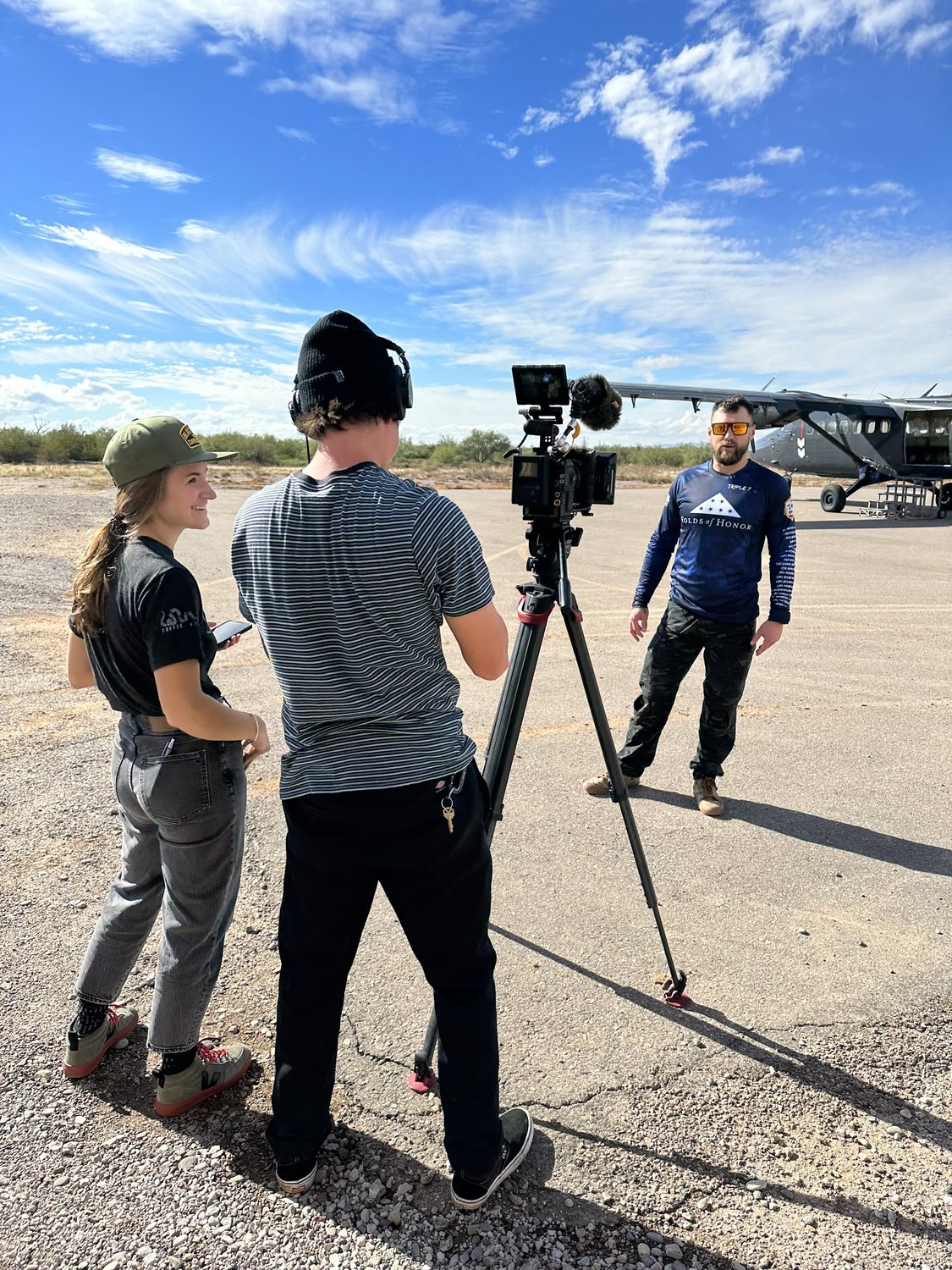
Jenna Biter is a staff writer at Coffee or Die Magazine. She has a master’s degree in national security and is a Russian language student. When she’s not writing, Jenna can be found reading classics, running, or learning new things, like the constellations in the night sky. Her husband is on active duty in the US military. Know a good story about national security or the military? Email Jenna.
BRCC and Bad Moon Print Press team up for an exclusive, limited-edition T-shirt design!
BRCC partners with Team Room Design for an exclusive T-shirt release!
Thirty Seconds Out has partnered with BRCC for an exclusive shirt design invoking the God of Winter.
Lucas O'Hara of Grizzly Forge has teamed up with BRCC for a badass, exclusive Shirt Club T-shirt design featuring his most popular knife and tiomahawk.
Coffee or Die sits down with one of the graphic designers behind Black Rifle Coffee's signature look and vibe.
Biden will award the Medal of Honor to a Vietnam War Army helicopter pilot who risked his life to save a reconnaissance team from almost certain death.
Ever wonder how much Jack Mandaville would f*ck sh*t up if he went back in time? The American Revolution didn't even see him coming.
A nearly 200-year-old West Point time capsule that at first appeared to yield little more than dust contains hidden treasure, the US Military Academy said.


